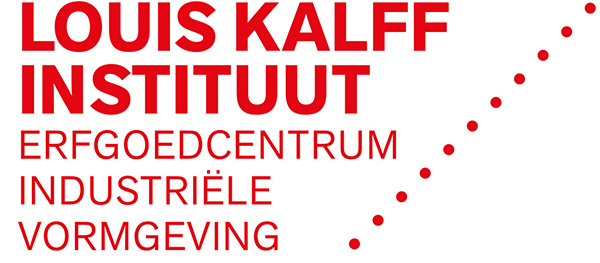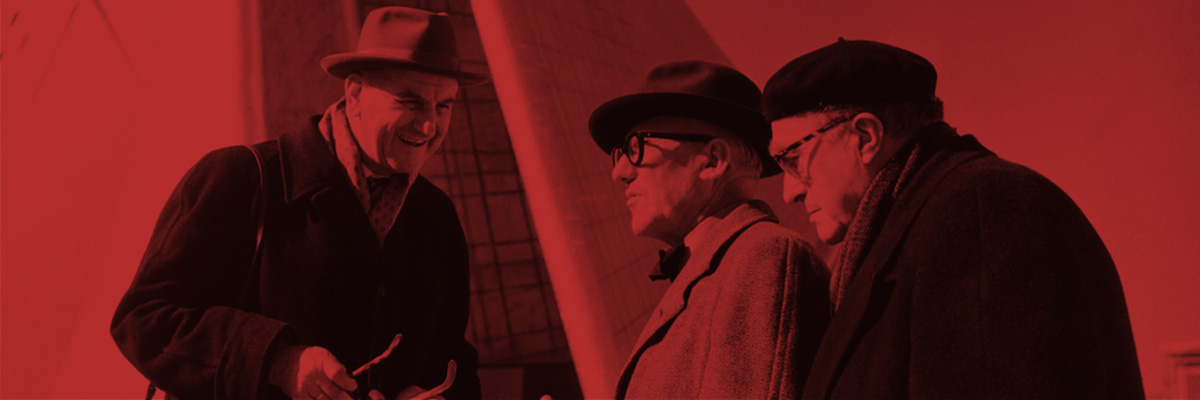Droog Design (‘Dry Design’) emerged when Renny Ramakers, the editor-in-chief of Industrieel Ontwerpen (‘Industrial Design’), had a stand at the fair of Kortrijk, Belgium, in 1993, where she also displayed several cabinets made by young designers (Jan Konings and Jurgen Bey, Piet Hein Eek, Tejo Remy). These attracted considerable attention, and she repeated the presentation in Arnhem and Amsterdam. Ramakers had previously been involved in Products of Imagination (POI) with Ed Annink and Christine de Baan. She was also the editor-in-chief of Items for some time.
Ramakers contacted Gijs Bakker and together they founded the Droog Design Foundation, with the aim to ‘promote the developments in Dutch design, which can be summarised as Droog Design internationally’. Droog Design was first and foremost a collection of products selected by Ramakers and Bakker, in addition to a sales organisation and the name under which they organised a series of projects that were sometimes experimental and sometimes commercial in nature. It applied a branding strategy to design. This meant originality, conceptual, humorous, sober and archetypal, and became synonymous to Dutch Design as Ramakers and Bakker could show their collection at the fair in Milan and in museums around the world. However, the majority consisted of prototypes and putting them into production was initially unfeasible. Yet many designers gained international exposure through these presentations, such as Marcel Wanders, Richard Hutten and Hella Jongerius. Droog Design initiated experiments such as Dry Tech in collaboration with the Aerospace Laboratory in Delft, on porcelain and on the themes ‘eco’ and ‘green’. Ramakers and Bakker received the Benno Premsela prize by the BKVK Fund in 2007 for their commitment and to underline the importance of Droog Design. Both have taught at the academy of Eindhoven and emphasised mentality and concept, rather than style.
The Dutch version of this biography is taken from the book Visies op vormgeving, het Nederlandse ontwerpen in teksten deel 2: 1940-2000 (2008) by Frederike Huygen. The following sources have been used for this biography:
– Verweij, L. ‘Wat is Droog Design?’, Bijvoorbeeld 27 (1995) 3, pp. 20-21.
– Ramakers, R. e.a. ‘Simply Droog. 10 + 1 Years of Creating Innovation and Discussion’, Amsterdam 2004.

